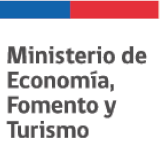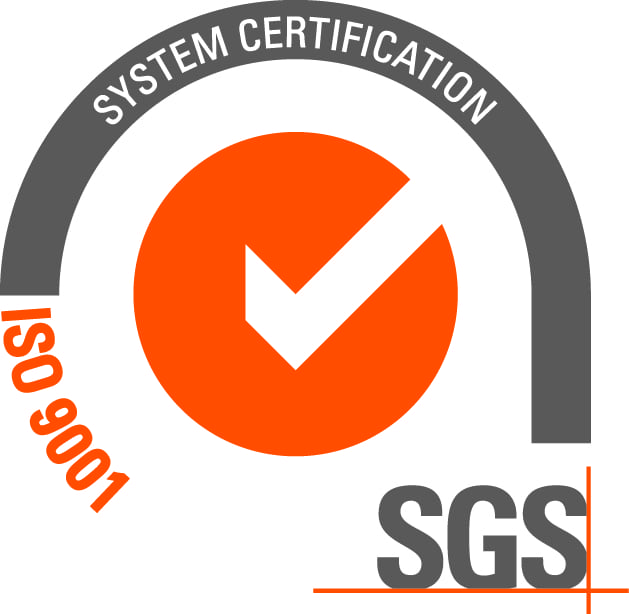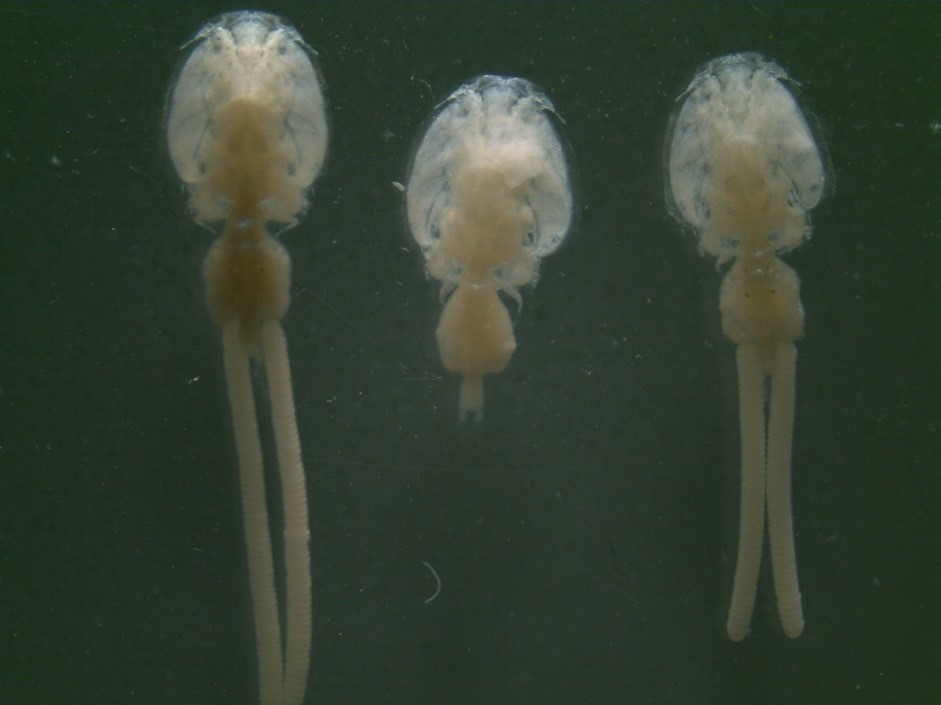
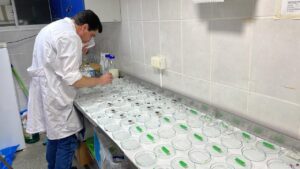 On Wednesday, June 25, the Fisheries Development Institute (IFOP) held a virtual workshop to disseminate the results of the program “Determination and Surveillance of Caligus rogercresseyi Resistance to Antiparasitics Used in National Salmon Farming. Stage VIII (2024–2025),” an initiative that seeks to strengthen technical knowledge and support health decision-making in the salmon farming industry.
On Wednesday, June 25, the Fisheries Development Institute (IFOP) held a virtual workshop to disseminate the results of the program “Determination and Surveillance of Caligus rogercresseyi Resistance to Antiparasitics Used in National Salmon Farming. Stage VIII (2024–2025),” an initiative that seeks to strengthen technical knowledge and support health decision-making in the salmon farming industry.
The event, organized by IFOP’s Department of Hydrobiological Health, brought together representatives from the public sector, industry, and the scientific community to share the main progress of the program, which has been running continuously for eight years.
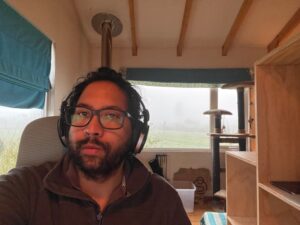 Dr. Jaiber Solano Iguarán, senior researcher at IFOP, highlighted that to date, 254 valid bioassays have been conducted in 95 sampling areas, covering 28 Salmon Farming Concession Areas (ACS) in the Los Lagos and Aysén regions. During this period, the parasite’s susceptibility has been evaluated primarily against azamethiphos, deltamethrin, and cypermethrin.
Dr. Jaiber Solano Iguarán, senior researcher at IFOP, highlighted that to date, 254 valid bioassays have been conducted in 95 sampling areas, covering 28 Salmon Farming Concession Areas (ACS) in the Los Lagos and Aysén regions. During this period, the parasite’s susceptibility has been evaluated primarily against azamethiphos, deltamethrin, and cypermethrin.
The results show variations in susceptibility profiles between compounds and geographic areas. In the case of azamethiphos, an increasing trend was observed in the EC50 value (median effective concentration, i.e., the dose that affects 50% of the exposed parasites), reinforcing the importance of diversifying available control tools and monitoring their effectiveness over time. In contrast, the EC50 values for deltamethrin and cypermethrin showed a decreasing trend, which could indicate an improved parasite response to these compounds in some areas.
In addition, methodological advances in the program were highlighted, such as the analysis of parasite morphometry and its association with environmental and treatment variables, as well as the start of bioassay validation for non-pharmacological compounds. At this stage, evaluations with hydrogen peroxide and plant extracts were included, opening new lines of work around products currently in use in the industry.
The joint work between the Undersecretariat of Fisheries and Aquaculture (Subpesca), the National Fisheries and Aquaculture Service (Sernapesca), and the IFOP has been key to the development of this program, which will continue with new activities during the second half of 2025. According to Dr. Solano, future challenges include studying genetic connectivity between Caligus populations, expanding the program’s geographic coverage, and strengthening the temporal analysis of susceptibility profiles.
Press related links:



